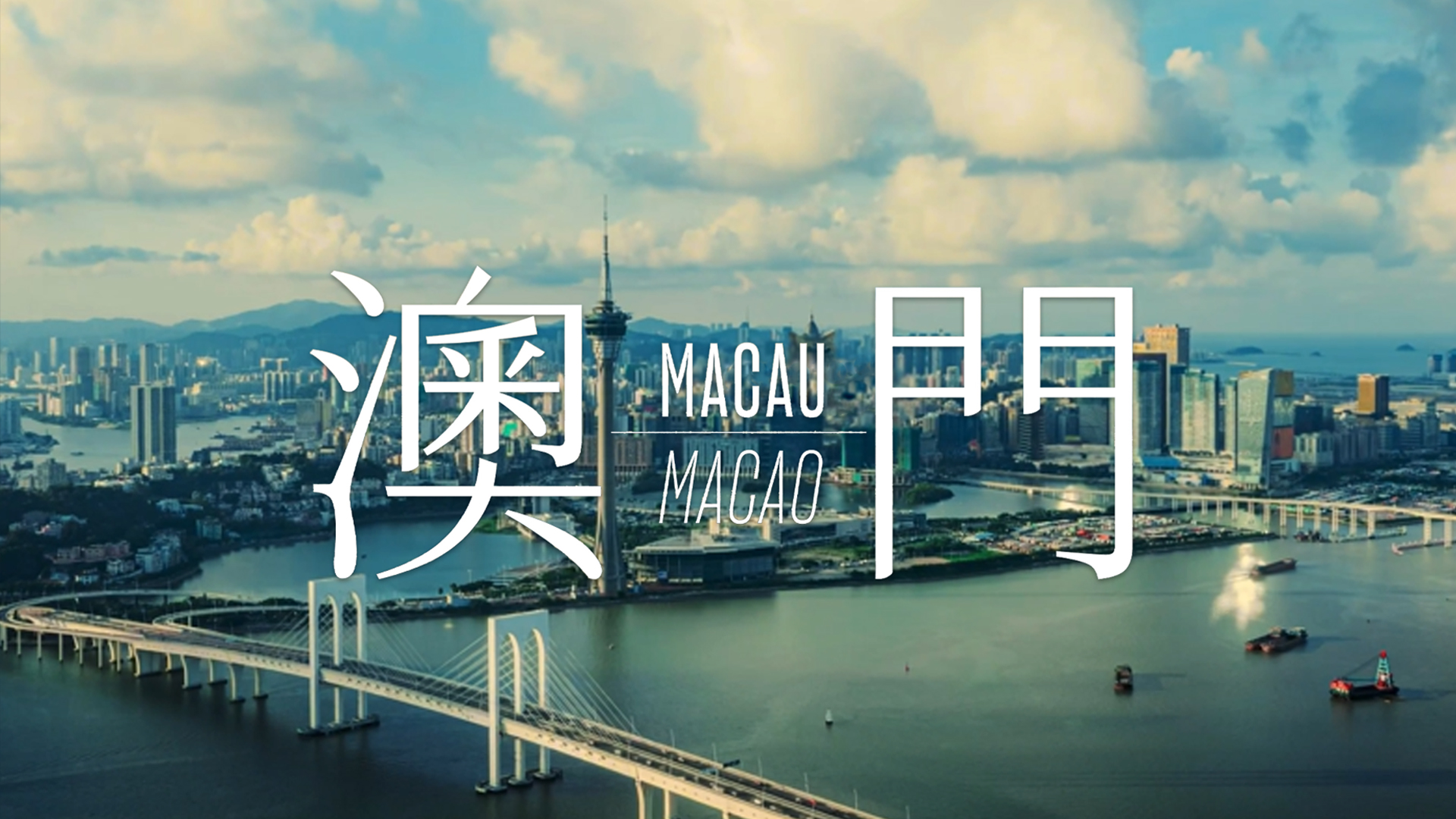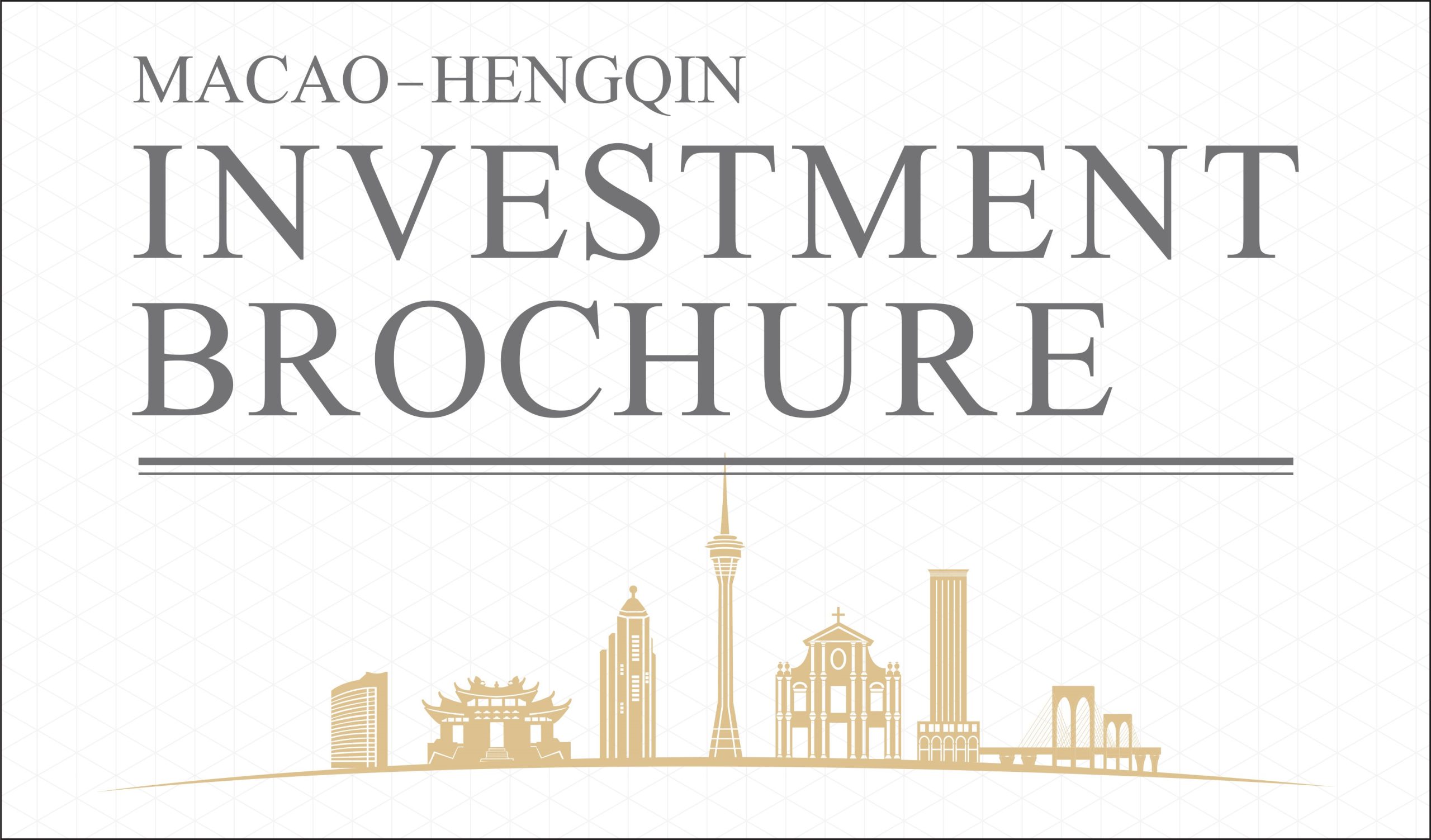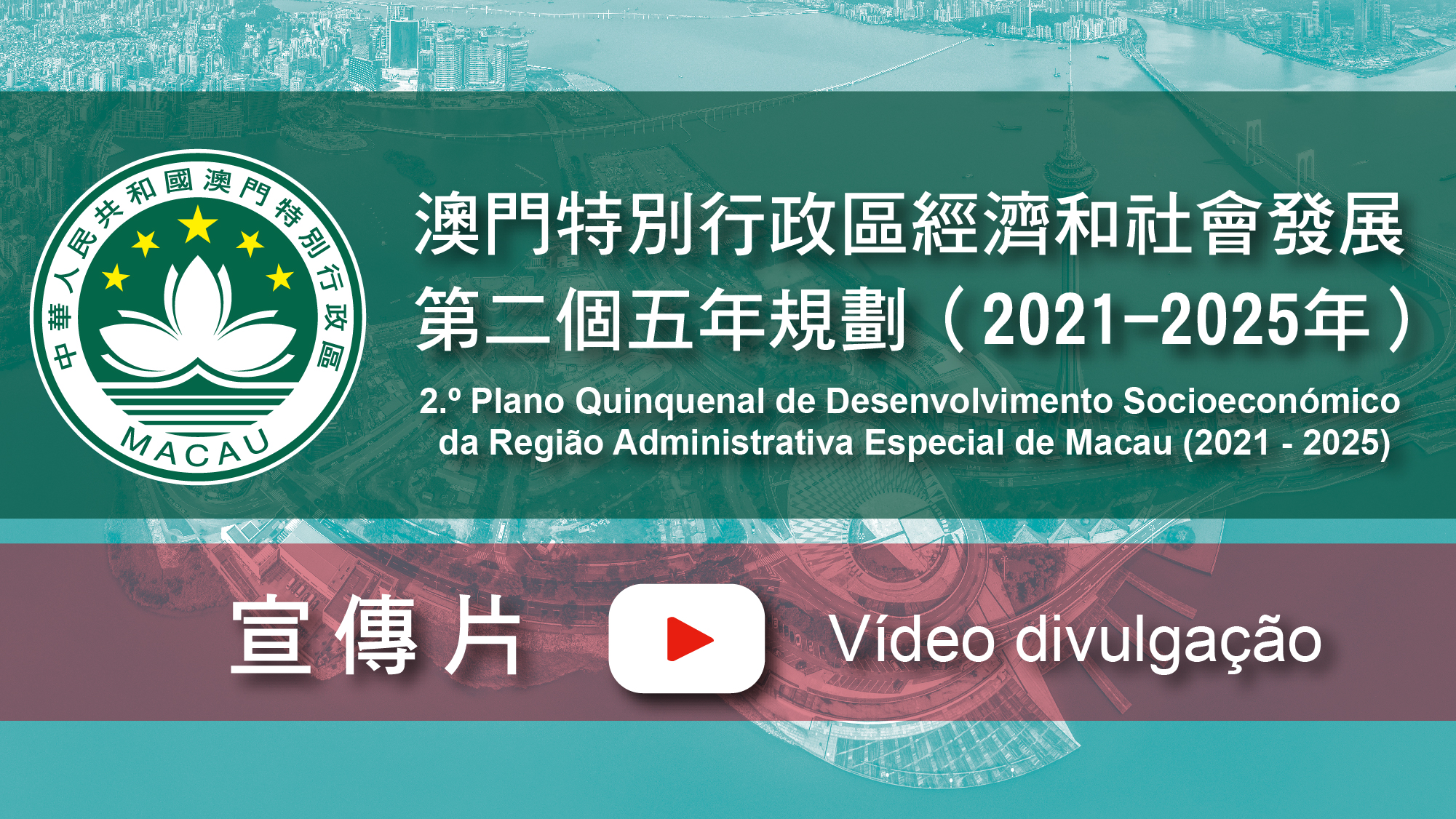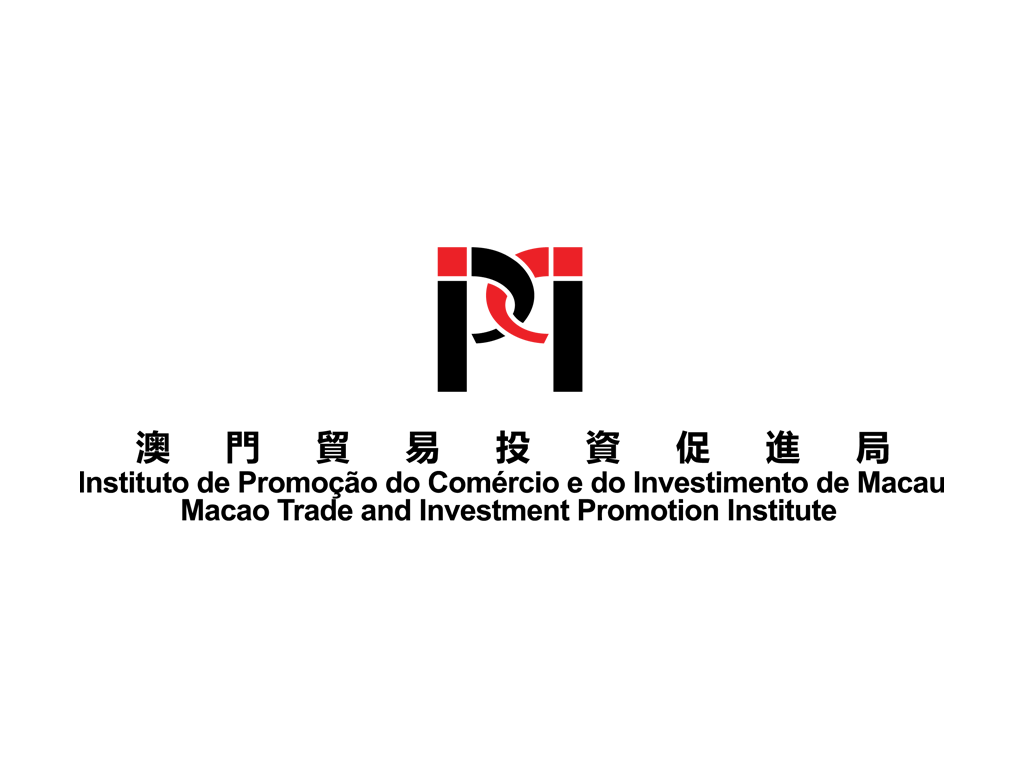Search Issues
BRIGHT FUTURE FOR THE ECONOMIC CO-OPERATION BETWEEN CHINA AND PORTUGUESE-SPEAKING COUNTRIES
Portuguese-speaking countries between them have a total population of around 200 million in four continents, most of which are developing countries, with abundant natural resources and therefore have a lot of potential for the business development. China, on the other hand, is the largest developing country in the world, being able to utilise the mutual complimentary advantages with these countries in bilateral economic co-operation.
The Ministerial Conference of China and Portuguese-speaking Countries Economic and Trade Co-operation Forum (Macao) is held once every three years. The 1st and 2nd Forum held in Macao in 2003 and 2006 proved to be a great success. China and seven of the Portuguese-speaking countries signed two Economic and Trade Co-operation Action Plans, signifying a breakthrough in economic and trade co-operation between them. According to statistics from China Customs, the total volume of trade between China and Portuguese-speaking countries last year was US$46.35 billion, a growth of 36% over 2006. From January to July 2008, the imports and exports volume amounted to US$43.932 billion, showing an increase of US$20.653 billion to the US$23.279 billion in the same period in 2007, a rise of 88.7%. Imports from Portuguese-speaking countries rose by 91.1% to US$30.535 billion and China’s exports to Portuguese-speaking countries rose to US$13.397 billion, an increase of 83.5% over the same period.
Trade between China and Portuguese-speaking countries has grown rapidly since 2003; the total volume in 2002 was around US$6 billion (exports to Portuguese-speaking countries were US$1.86 billion and imports were US$4.2 billion).
In 2006, the import and export volumes rose significantly to US$ 34.1 billion (exports to Portuguese-speaking countries were US$ 9.8 billion and imports were US$ 24.3 billion). Imports from Portuguese-speaking countries rose from US$ 4.2 billion in 2002 to US$24.3 billion in 2006, an increase of 500%, reflecting the fact that products from Portuguese-speaking countries imported into China are very competitive.
INVESTMENT OPPORTUNITIES IN PORTUGUESE-SPEAKING COUNTRIES MARKET AND PRODUCTS
Data shows that imports to China from the Portuguese-speaking countries are mainly energy resources, raw materials and electronic products. In fact, wine, coffee and non-staple food products from Portuguese-speaking countries are competitive in international markets. Meanwhile, the demand for these products on the Mainland is continually increasing, so it is worth looking at the related business opportunities. The most competitive are as follows:
PORTUGAL – WINE
Wine is the second most popular alcoholic drink worldwide after beer. According to the estimation of the World Wine Industry Association, the sales volume of wine is increasing faster in China than the global and Asian Pacific in particular, on average. In addition, China’s accession to WTO, it promised to adjust and reduce import tax on wine, therefore the relevant tax rate was reduced to the present 14% from over 40% in 2001 (importers of wine need to pay 17% value-added tax and 10% consumption tax), which provided more favourable conditions for wine from overseas producers. It is worth mentioning that macao has applied zero tax for 4 items of alcoholic drinks from august 2008, providing a favourable environment for imported wines. As far as the international market is concerned, Portugal is one of the top ten international exporters of wine, and its price is relatively lower than other exporters in Europe. It is believed that the wine products from Portugal possess a sound development potential in Macao and Mainland markets.

BRAZIL – COFFEE
Coffee is one of the world’s most popular beverages. In recent years, the consumption of coffee in China has followed overseas trends and recorded rapid sales. Data show that the current consumption of coffee in China is 30,000 tons and is expecting huge growth in the future. It is estimated that the volume of coffee consumed in China will rise to 120,000 tons in 2010, with sales volume beyond RMB10 billion. Brazilian coffee has a huge reputation around the world, East Timor is also a major producer of coffee so trade between China and these Portuguese-speaking countries coffee producers has great prospects.
OTHER PORTUGUESE-SPEAKING COUNTRIES
In addition to the above-mentioned countries of Portugal and Brazil, in recent years, several other Portuguese-speaking countries have recorded faster development, including Angola, East Timor, Mozambique, Cape Verde and Guinea-Bissau, which had a 21.1%, 19.8%, 7%, 6.9% and 2.5% GDP real growth rate in 2007 respectively. Meanwhile, the recent economic developments in Mozambique and Cape Verde, to some extent, also benefited from foreign direct investments. Enterprises in related industries are expected to find various business opportunities in cooperation agreements with the five primary industry-based Portuguesespeaking countries. For example, the co-operation in Non-staple foods. The total retail sales volume of consumer goods in Mainland have increased every year, the sales of non-staple food have also shown a substantial increase. In addition, people’s living standards are improving constantly, which has made the demand for non-staple food, to rise by a large margin. Portuguese-Speaking countries non-staple products or food processing industries may grasp the opportunity to expand the market, such as olive oil. Recently the amount of olive oil imported into China has increased rapidly. According to statistics, China imported about 400 tons of olive oil in 2001, rising to 3,900 tons in 2005. Olive oil from Portugal is popular around the world and other Portuguese-speaking countries also export non-staple food, so the business opportunities cannot be overlooked.

BUSINESS OPPORTUNITIES FOR BRANDING CO-OPERATION AND FRANCHISING BUSINESS
There is ample room for the development of market exploration, brand co-operation and franchising business in Portugal with an annual growth rate of 10%. The introduction of non-local brands boosted the development of the Portugal market. The fastest growing industries include service industries such as real estate, health and beauty with children’s clothing showing outstanding growth rates, while, natural products, publication and the pet service industry also have great potential for further development.
Franchising business operation started in Brazil in the 60s. The operation is still developing and now there are 56,000 franchising contracts and 680 different brands, among which 90% are Brazilian brands with an annual 10% growth of new brands. The franchising market in Brazil is divided into 12 sectors, including footwear, food and beverages, education and training, health fitness, beauty, luxury goods, graphics, services, automobiles and clothing, among which footwear highlights a fastest growing industry, which is followed by food and beverages, networking, informatics, electronics and tourism.
In recent years, Macao’s role as an economic co-operation platform for China and Portuguese-speaking countries continues to develop. Macao and Portuguese-speaking countries launched co-operation projects in various sectors including tourism, trade in cargo and services. It is widely believed that various business opportunities will be derived from the further development of the bilateral economic relations.
TABLE: ECONOMIC DEVELOPMENT OF PORTUGUESE-SPEAKING COUNTRIES OVER THE PAST TWO YEARS
|
GDP Real Growth Rate (%)
|
Consumption Prices
(Annual rate in%) |
|||
|
2006年
|
2007年
|
2006年
|
2007年
|
|
|
Angola
|
18.6
|
21.1
|
13.3
|
12.2
|
|
Brazil
|
3.8
|
5.4
|
3.1
|
4.5
|
|
Cape Verde
|
10.8
|
6.9
|
5.4
|
4.4
|
|
Guinea-Bissau
|
1.8
|
2.5
|
2.0
|
3.8
|
|
Mozambique
|
8.0
|
7.0
|
13.2
|
7.9
|
|
Portugal
|
1.3
|
1.9
|
3.1
|
2.5
|
|
East Timor
|
-3.4
|
19.8
|
4.1
|
7.8
|
Source of information:
- China Customs – China Foreign Trade Index
- Monetary Authority of Macau, 2007 annual report
- Statistical data from China Brewing Industry Association
- China Commodities Web
- Liangyou Shichang Bao (Cereals and Oils Market Daily)
- Macao Daily News
- Macao Tai Chung Daily
- Infofranchise, www.infofranchise.com
Important Notice : All information is for reference only. While every effort is made to ensure the accuracy of information, IPIM will not be held responsible or be liable for failing to guarantee the accuracy of any information provided, nor for any damage caused by inaccurate information or omissions.





















